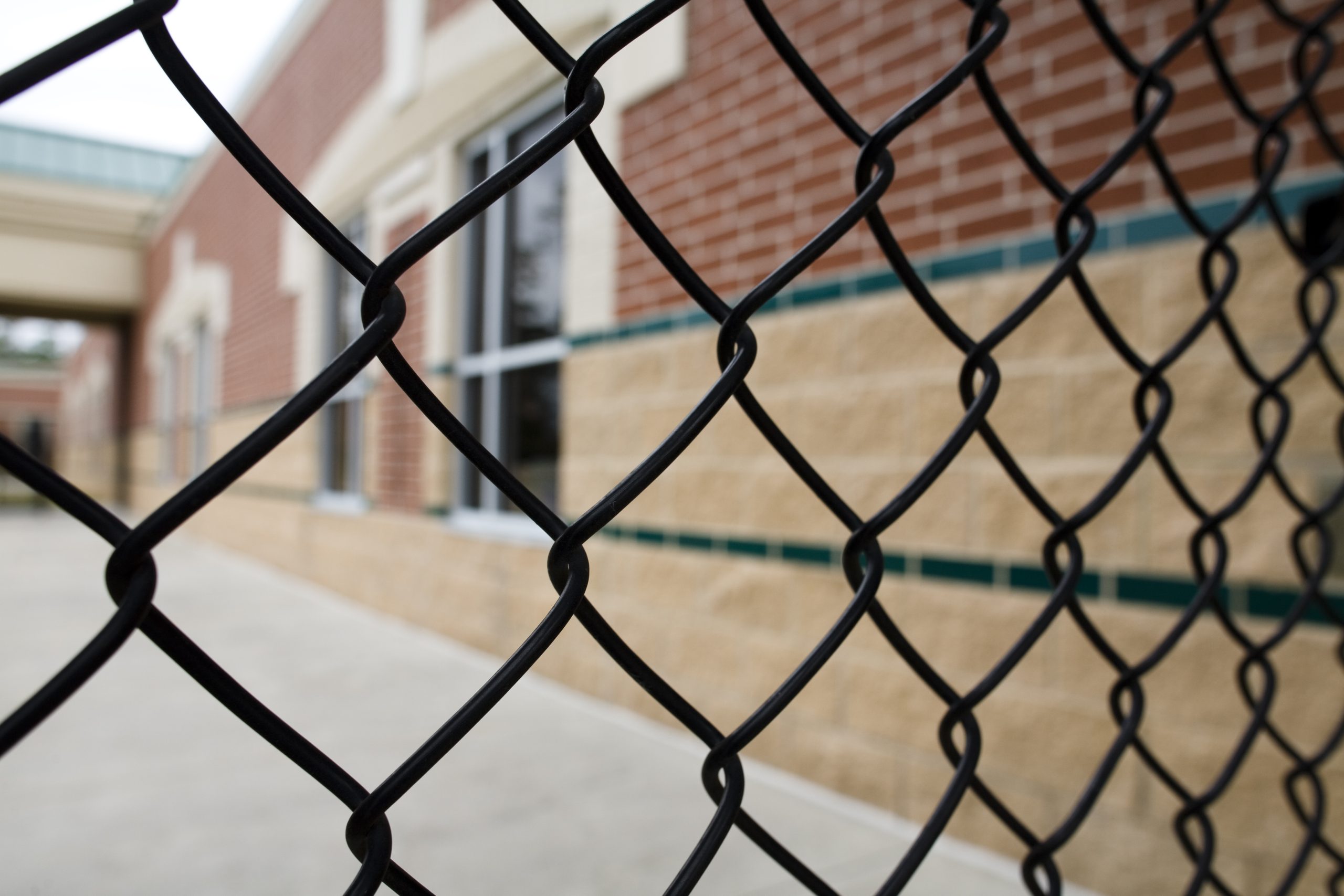A recent survey conducted by the nonprofit Learning Heroes found that nine in 10 parents think their children perform at grade level in reading and mathematics. In reality, only one in three students achieve those mastery levels.
In response to this disconnect, Learning Heroes recently released “Parents 2017: Unleashing Their Power & Potential,” a survey report that examines this parental “perception gap” and shares insights into how parents think about education. The survey was conducted earlier this year among 1,423 parents with children in grades K-8 nationwide, with oversamples of Hispanic and African-American parents.
The report’s findings can be categorized into the following categories:
Happiness
To parents, happiness is defined as feeling loved and safe, enjoying time with friends, and having a fun, happy home life. Three out of five parents surveyed view their children’s happiness as more important than being overly stressed and doing well in school. That number climbs as students get older, though. Thirty-four percent of parents of third- to fifth-graders said academic performance is more important than happiness, while 43 percent of parents of sixth- to eighth-graders thought the same way.
Academic Ambition
Parents view obtaining a college degree as very significant — 72 percent answered that it is important for their children to get an associate’s or bachelor’s degree. For Spanish-speaking parents, that number is more than 90 percent. Yet, two in five parents lack a strong level of confidence that their child will be prepared to go to college and successfully complete a degree. Parents are also very concerned about paying for college.
The survey yielded interesting results regarding how parents gain knowledge about their children’s academic achievement. Close to a quarter of parents said they did not know their child’s state standardized test scores, and 86 percent of parents use report card grades to determine how well their child is doing in school.
Involvement
The survey consistently found that parents want to be more involved. Using a measurement between one and 10, with 10 being “extremely involved,” 83 percent of Hispanic parents, 70 percent of African-American parents and 68 percent of white parents reported that they would like to be involved somewhere in the 8–10 range. Overall, parents think they can reach thatlevel by being involved in their child’s education through actions like helping with homework and communicating with their child’s school.
How to Bridge the Parent Perception Gap
When parents were asked how schools and districts could improve upon their children’s education, most parents said they would find more resources and information helpful, including but not limited to homework support, an outline of monthly academic goals and tips on how to advocate for their child. Four out of five Spanish-dominant parents also thought more flexible scheduling for parent–teacher meetings and bilingual interpreters would be helpful.
“We believe the findings in this report clearly tell us that, ultimately, what and how schools communicate to parents about their children’s progress must be improved to be more responsive to parents’ needs, interests, and concerns,” stated the report.
The report outlined five areas for improvement in a “Readiness Roadmap.” Schools and districts can improve parent perception through:
- Learning goals — Provide parents with detailed grade-level academic expectations and resources for helping children at home.
- Financing college — Provide parents with tips and resources for college financing planning.
- Life skills — Provide parents with information and resources for teaching children successful life skills.
- Parent-teacher communication — Provide “conversation guides” to help parents have productive parent–teacher conferences and discussions with their children.
- Learning tools — Provide games, activities and videos to encourage individual learning.
To learn more about the report, read it in its entirety here.





